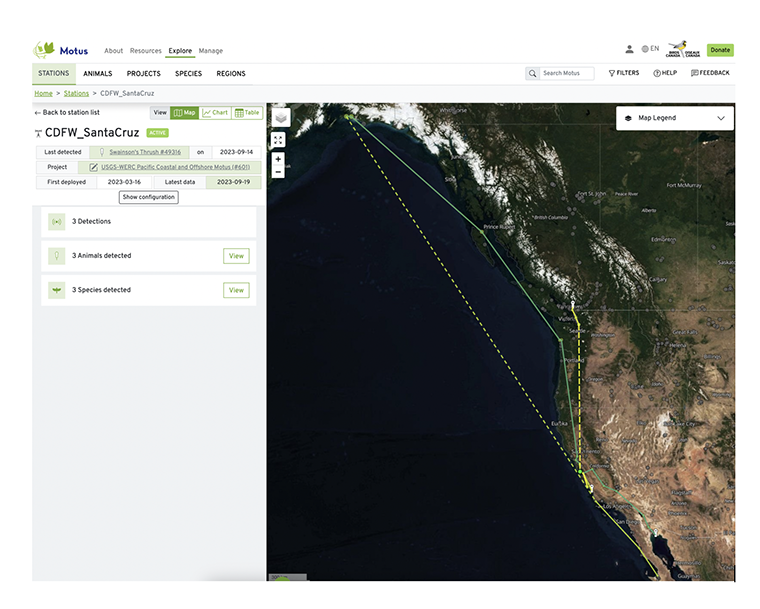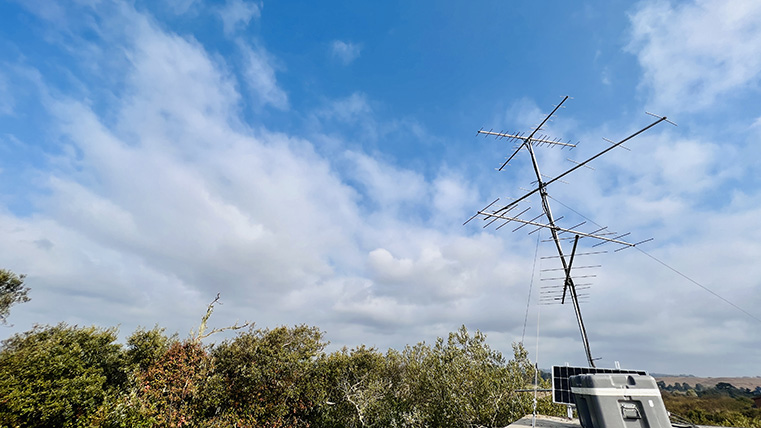Technology continues to further our understanding of the natural world, and the Motus Wildlife Tracking System has recently unveiled groundbreaking insights into the migratory patterns of various species above Younger Lagoon Reserve. The Motus system, a collaborative effort by researchers and conservationists, employs tiny radio transmitters attached to wildlife, allowing scientists to track their movements with unprecedented precision. A recent series of flyovers above Younger Lagoon Reserve has yielded invaluable data on the migratory behavior of birds in the region.
 The Motus station adjacent to YLR (CDFW_SantaCruz) recently detected three different migratory species since its deployment last spring. These detections include a Red Knot, Brown Pelican, and Swainson's Thrush, all providing valuable insights into their long journeys. The Motus system's flyovers are instrumental in informing conservation efforts and habitat protection, ensuring that critical stopover sites like Younger Lagoon Reserve continue to provide safe haven for these migrating creatures.
The Motus station adjacent to YLR (CDFW_SantaCruz) recently detected three different migratory species since its deployment last spring. These detections include a Red Knot, Brown Pelican, and Swainson's Thrush, all providing valuable insights into their long journeys. The Motus system's flyovers are instrumental in informing conservation efforts and habitat protection, ensuring that critical stopover sites like Younger Lagoon Reserve continue to provide safe haven for these migrating creatures.
Younger Lagoon Reserve's involvement in the Motus project underscores the collaborative nature of this research, as many organizations across the continent use similar tag frequencies, enhancing the potential for broader discoveries in avian migration. For real-time tracking and further information, you can visit the live detection map for the station on the Motus website here. This ongoing research promises to unlock more secrets of these incredible migrations and emphasizes the importance of conservation initiatives to protect vital ecosystems.

